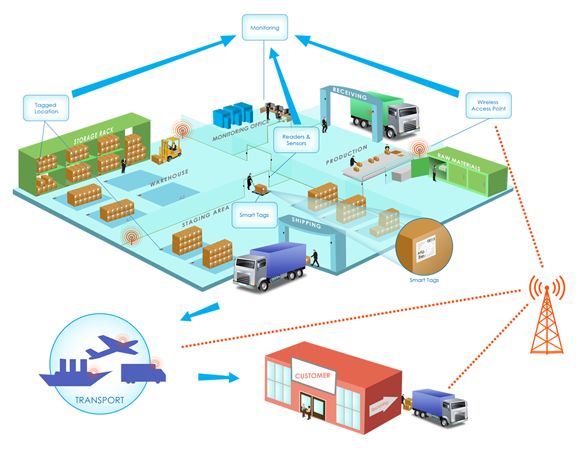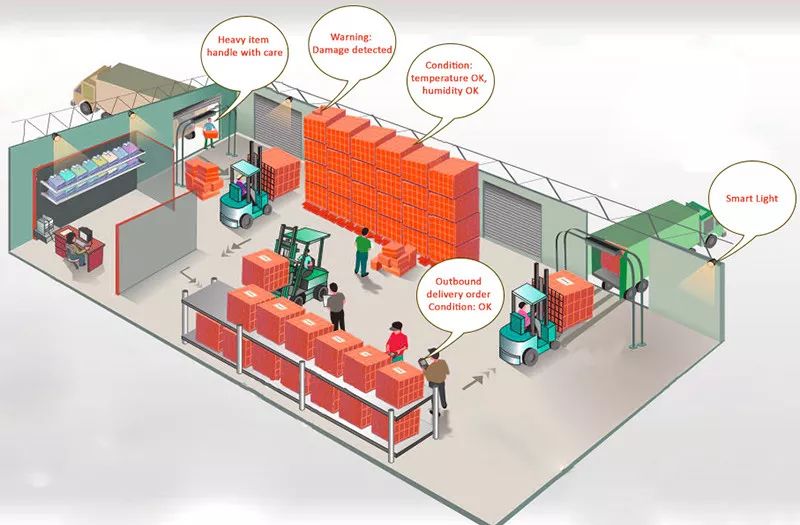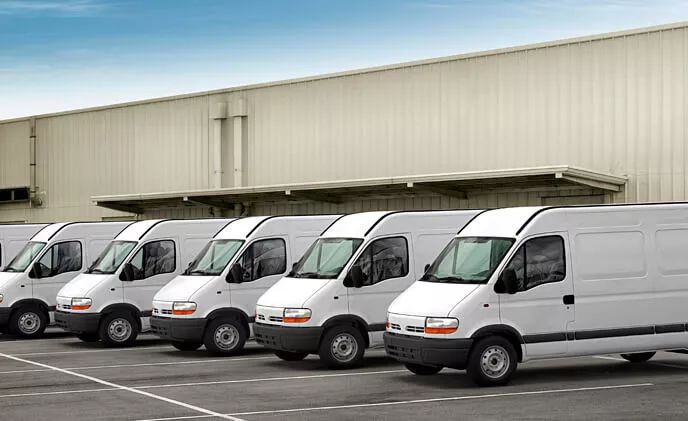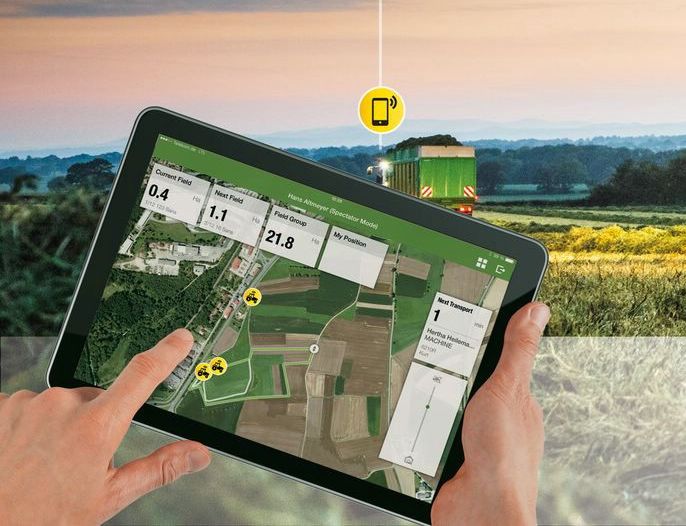What's Ahead for IoT and Logistics in 2018

There’s no doubt about it, the Internet of Things (IoT) has brought with it a whole load of changes. The ability for more and more physical objects to connect to the internet and share data without human help has transformed the way the world works.
From intelligent cars to biomedical sensors, the implications are huge – and as we move from 15 billion connected devices today to a predicted 50 billion by 2020, the changes will come quickly. But just how is IoT affecting the logistics industry – both from a business and a consumer perspective? Here’s what we know…
What is the Future of IoT?
A report by IDC and SAP predicts that IoT will lead to a 15% productivity increase in delivery and supply chain performance, and many logistics experts are using these new resources to improve systems and supply networks, reduce costs, and look for opportunities to generate more revenue too. But what practical applications does it have now, and what can we expect in the near future?
How Can IoT Help in the Warehouse?

Distribution centers are a fundamental part of logistics and supply chains, and as a result, any improvements or tightening of processes can have a massive implication on cost. There are many fundamental ways in which IoT is already helping in the warehouse and ways in which it will continue to grow:
Security
One of the most basic requirements for a warehouse is security of the product. Alarm sensors and CCTV both utilize IoT to detect theft and protect assets. New technology allows businesses to do more with their security. You can automatically lock doors using just an app, and receive alerts on unusual movements and then use the data captured to identify areas of concern and improve them.
Safety
Of course, one huge area of concern for logistics companies is the safety of workers. IoT is a valuable asset when it comes to monitoring the safety of your equipment and protecting your staff. According to this logistics report by DHL, Union Pacific uses IoT to predict equipment failures and reduce derailment risks. The company places sensors on tracks to monitor the integrity of train wheels, and as a result the company has been able to reduce bearing-related derailments, which can result in costly delays and up to $40 million in damages per incident.
Imagine if a fork-lift truck could alert you to the fact it has a defect before any human interaction has even taken place. You can greatly improve the safety in the warehouse and optimize your machinery. Plus, as a result of having more IoT available on the floor and less human interaction needed, the risk of accidents is greatly reduced too.
Optimization
Now this may not sound particularly new – many businesses have been using these types of technologies (or similar) for some years now, but IoT is at its most useful when all the data is combined together to give you a full picture of how your business is running.
IoT enables companies to have a holistic view of the warehouse floor – with everything from the ambient temperatures, the amount of inventory, and the performance of equipment all coming together. From this data, companies can analyze the overall performance and make tweaks to improve safety, security, and productivity.
How Can IoT Improve Delivery?

Driving greater operational efficiency is at the heart of logistics, and IoT can certainly give productivity a boost. One of the biggest areas in which it can make a difference is with vehicles and fleet management. Here are some key ways it can help:
Tracking
Thanks to companies like Amazon, customers now expect tracking on their goods right from the moment of purchase to delivery. However, in the past this has usually required someone to scan a barcode at at least one point in the process. RFID tags can connect to the cloud and share data on location and eliminate the need for staff to do anything other than load the delivery. So big are the benefits that according to Auburn University 96% of retailers are planning on adopting RFID technology.
RFID tags can also be used within the warehouse to track inventory and help to cut down on unnecessary costs too. In fact a report by the RFID Journal suggests that inventory accuracy at the stock-keeping unit level is about 65%, whereas RFID can get it up to 95% or better.
Delivery
Ever had a delivery delayed due to bad weather or unsafe road conditions? With GPS and location data from RFID tagging, a fleet can be proactive rather than reactive and utilize technology to stay informed and avoid possible delays. As the increase in drop-shipping may lead to a consolidation of delivery carriers, we could see a more standardized delivery experience emerge.
Analytics
Of course you can also make use of all this data by analyzing it and improving your workforce. Big data can help you see which drivers are the most efficient, seek out preferred routes and identify inefficiencies. You can then train all staff to ensure your company is optimizing every opportunity available.
What IoT Means for the Consumer

So, we now know how IoT can be beneficial for you, but what about your customers? Here are some key ways their worlds are changing too:
1. Transparency
Now more than ever, consumers value trust and reliability above all else when making a purchase. Tracking information sent directly to a smartphone app will give your customers confidence in your service and, providing everything remains on track, removes any need for calling customer helplines too.
2. Efficiency and Ease
All that gathered data will also make buying patterns and behavior much easier to spot. Automatically setting up repeat purchases if needed, and mobile payments like Apple Pay, all add to the ease of the shopping experience and improve customer satisfaction.
3. Recognition and Rewards
Of course, with all the information gathered by IoT you can also start to track your most loyal customers and look at where they spend their money. This allows you to offer rewards to your best customers and gives you marketing opportunities and the potential to upsell too.
The new age of IoT is an exciting one for logistics. With so many opportunities to streamline chain management and optimize every element of production, the possibilities really are endless. Customers too will see the benefits with easy-to-track deliveries, an improved shopping experience and greater rewards. All in all, the dawn of the IoT will bring with it many changes in 2018 and beyond – we’re just getting warmed up!
